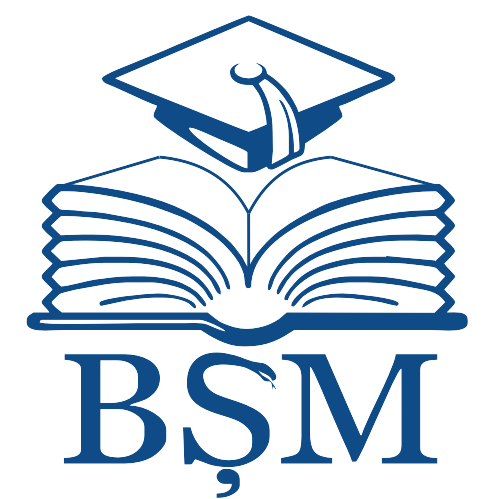|
|
- IRMS - Nicolae Testemitanu SUMPh
- 1. COLECȚIA INSTITUȚIONALĂ
- Revista de Științe ale Sănătății din Moldova
- Revista de Științe ale Sănătății din Moldova : Moldovan Journal of Health Sciences 2025 Vol. 12, Issue 1
Please use this identifier to cite or link to this item:
http://hdl.handle.net/20.500.12710/30308
| Title: | The interrelationship of clinical and paraclinical parameters depending on disease severity in children with hemophilia |
| Authors: | Agachi, Dorina
Țurea, Valentin
Eșanu, Galina |
| Keywords: | hemophilia;pediatric patients;disease severity;genetic mutations;hemarthrosis;inhibitors;personalized treatment |
| Issue Date: | 2025 |
| Publisher: | Instituţia Publică Universitatea de Stat de Medicină şi Farmacie „Nicolae Testemiţanu” din Republica Moldova |
| Citation: | AGACHI, Dorina; ȚUREA, Valentin; EȘANU, Galina. The interrelationship of clinical and paraclinical parameters depending on disease severity in children with hemophilia. In: Revista de Ştiinţe ale Sănătăţii din Moldova = Moldovan Journal of Health Sciences. 2025, vol. 12, nr. 1, pp. 3-8. ISSN 2345-1467. DOI: https://doi.org/10.52645/MJHS.2025.1.01 |
| Abstract: | Introduction. Hemophilia is a genetic disorder characterized by impaired blood coagulation, leading to increased bleeding
risk. The severity of hemophilia varies significantly among individuals, influenced by genetic factors, family inheritance
patterns, and the occurrence of complications such as hemarthrosis. Understanding these interrelationships is crucial for
developing tailored management strategies for affected children. The purpose of this article is to explore the correlations
between clinical severity and various factors, including modes of inheritance, hemarthrosis incidence, types of genetic
mutations, and inhibitor presence in pediatric patients with hemophilia. By elucidating these relationships, the study aims
to contribute to improved diagnostic and therapeutic approaches in this population.
Material and methods. This retrospective analysis included 90 pediatric patients diagnosed with hemophilia. Clinical
data regarding disease severity, inheritance patterns, hemarthrosis incidents, genetic mutation types, and inhibitor levels
were collected and analyzed statistically to identify significant associations.
Results. The analysis revealed a strong correlation between familial inheritance patterns and disease severity, with
moderate forms predominating in known inheritance cases. Hemarthrosis was most prevalent in severe cases, particularly
affecting the knee and elbow joints. The study also found significant associations between genetic mutations, especially
missense mutations, and the severity of hemophilia. Furthermore, elevated inhibitor levels were exclusively observed in
severe forms of the disease.
Conclusions. The findings highlight the intricate relationships between clinical characteristics and hemophilia severity,
emphasizing the necessity for individualized treatment strategies. Understanding these dynamics can facilitate better
management of hemophilia in pediatric patients, ultimately improving their quality of life. |
| metadata.dc.relation.ispartof: | Revista de Ştiinţe ale Sănătăţii din Moldova = Moldovan Journal of Health Sciences |
| URI: | https://doi.org/10.52645/MJHS.2025.1.01
https://repository.usmf.md/handle/20.500.12710/30308 |
| ISSN: | 2345-1467 |
| Appears in Collections: | Revista de Științe ale Sănătății din Moldova : Moldovan Journal of Health Sciences 2025 Vol. 12, Issue 1
|
Items in DSpace are protected by copyright, with all rights reserved, unless otherwise indicated.
|


